When Factories Think in Motion: RTLS for Sustainable Manufacturing
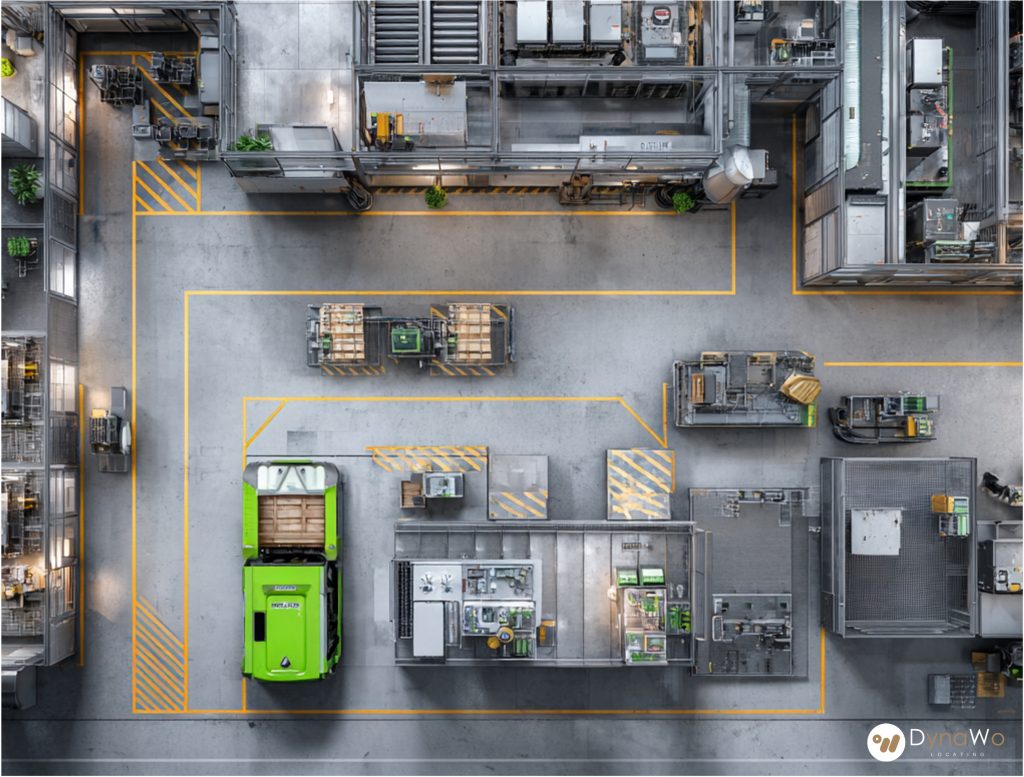
In a recent study, researchers raised an interesting phenomenon that many smart factories are embracing to meet the growing demand for low-carbon manufacturing: replacing traditional fuel-powered forklifts and tuggers with electric vehicles (EVs) for material handling (Zhou & Lin, 2025). It’s a powerful step toward sustainability — but it also introduces a subtle new challenge. […]
Geofences that Keep Workers Safe in Factory Danger Zones

Factories are places of productivity — but also of risk. Heavy machinery, forklifts, high-voltage areas, and chemical storage zones all create environments where a single mistake can cause serious accidents. According to recent research, many of these “major accident risk zones” remain difficult to manage, even with strict training and safety protocols (Zhou et al., […]
Smarter Offices with RTLS: Freedom, Safety, and Sustainability
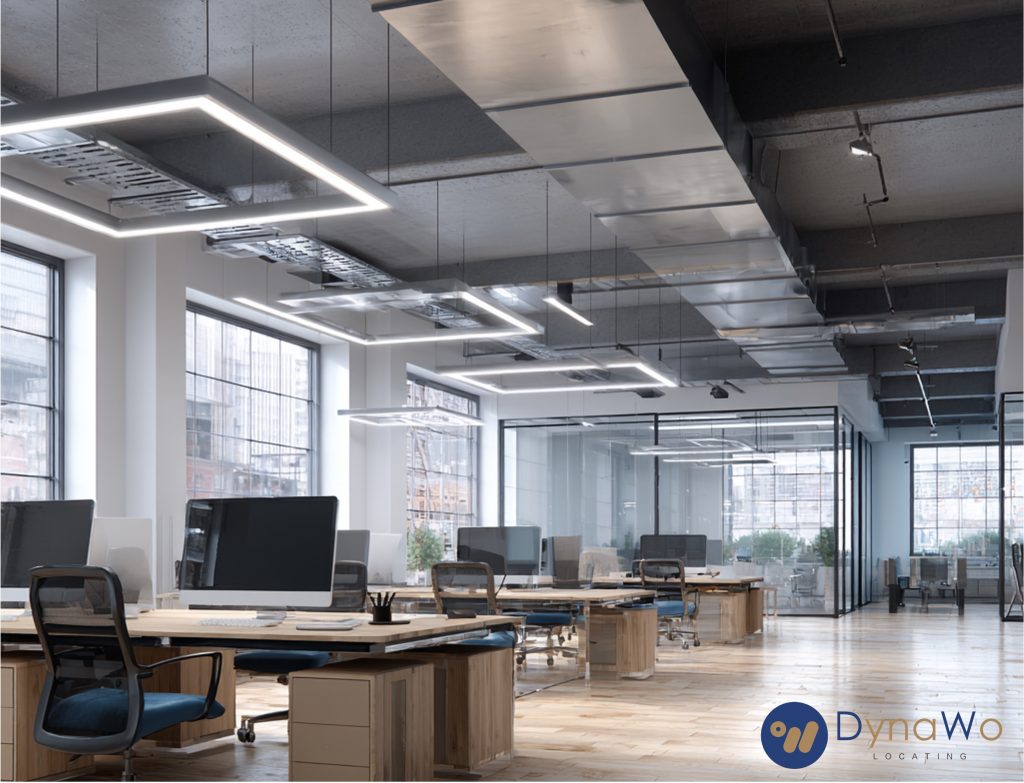
The office has always been more than just a place to work. Its design reflects how we think about creativity, collaboration, and productivity. Office spaces have evolved from traditional closed-door rooms to open concepts that support flexible, group-oriented, and even playful working styles. Layout and design are no longer just aesthetic — they shape how […]
From Occupancy to Opportunity: How RTLS Transforms Hotel Marketing
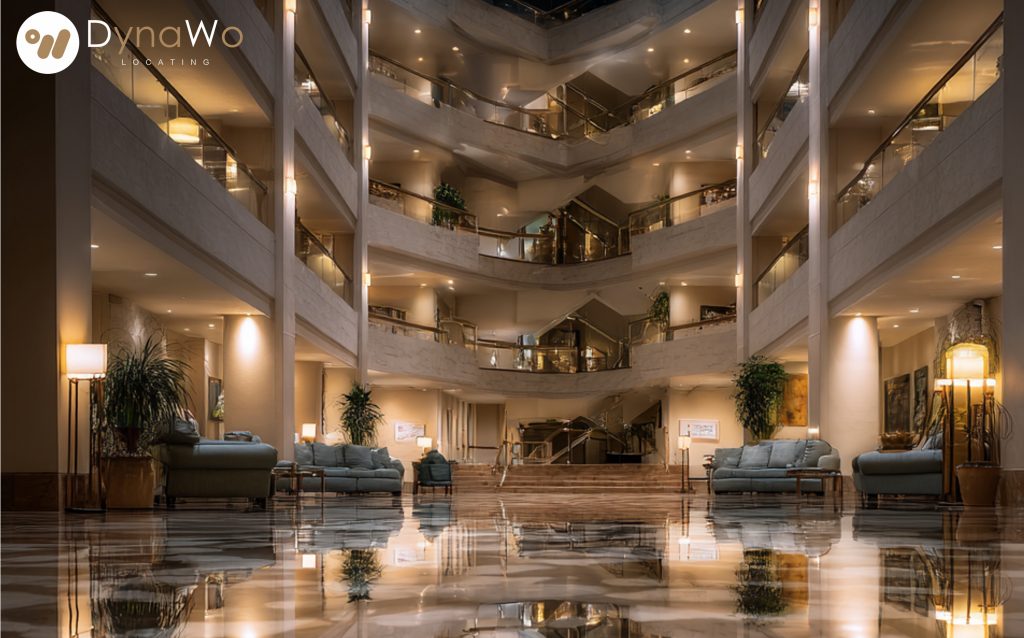
In hospitality, few numbers carry as much weight as occupancy rate. For decades, hoteliers have used it as the foundation of strategy, from pricing to promotions. Occupancy has long been the heartbeat of hotel management. But today, the industry is ready to move beyond that single number. With real-time locating systems (RTLS), hotels can gain […]
Beyond Panic Buttons: Real-Time Location Systems to Improve Student Life

When people hear about real-time location systems (RTLS) in education, the first use cases that come to mind are usually safety-related. Panic badges for teachers, faster evacuation guidance, or real-time coordination during emergencies are often highlighted as critical scenarios. These applications matter, and they demonstrate how location data can save lives. But RTLS has a […]
Going Paperless with RTLS: The Green Advantage to the Zero-Scan Factory
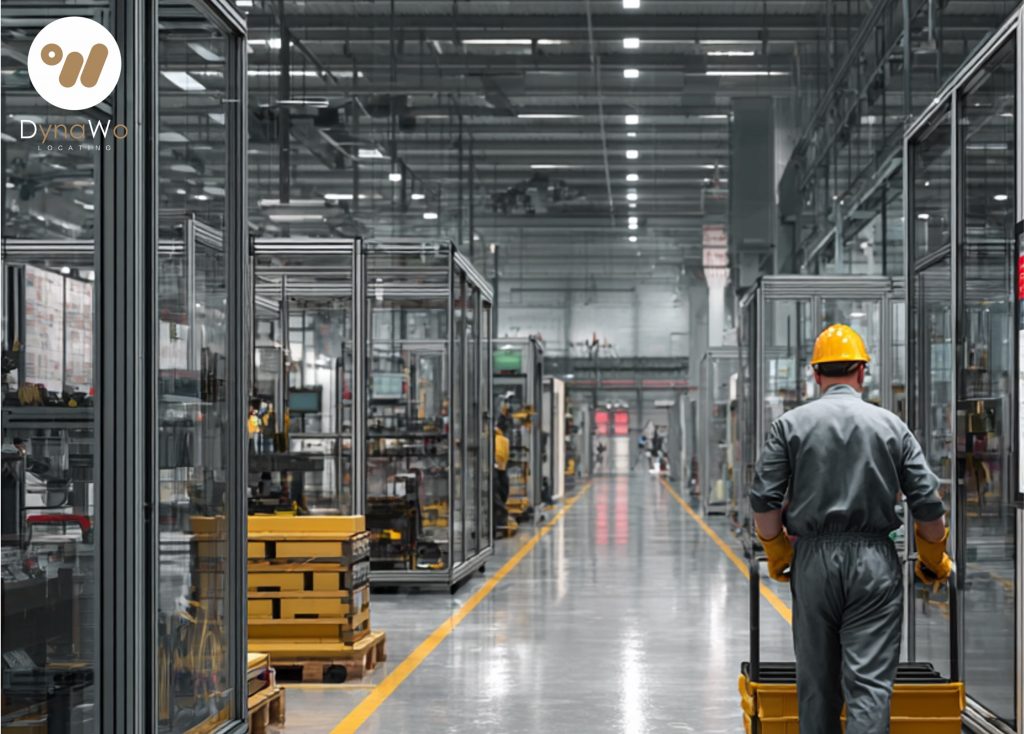
When most people talk about the benefits of real-time location systems (RTLS), the conversation goes straight to efficiency and cost. Fewer search times. Less wasted labor. Reduced errors. Those benefits are real. But there’s another angle that often goes unnoticed—one that’s becoming more important every year: sustainability. Around the world, industry is under pressure to […]
From Niche to Mainstream: How RTLS Is Scaling Across Industries

Real-time location systems (RTLS) used to be the preserve of specialist environments. For years, you would only find them in pilot projects or highly controlled settings—where precision justified the effort of deployment. But that picture is starting to change. RTLS is now steadily becoming a core part of digital infrastructure in logistics, manufacturing, healthcare, and […]
Construction 4.0: RTLS That Keeps Sites Moving — and People Safe
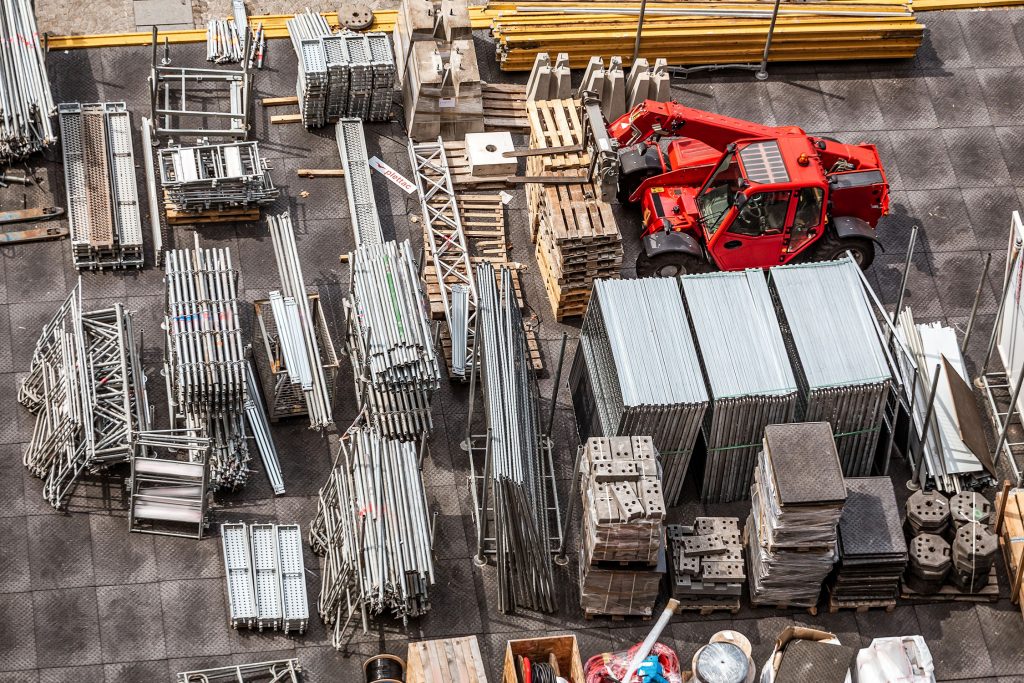
Why does real-time location system RTLS matter on a live site? Materials wander. Floors change daily. Sub-contractor crews rotate. Paper checklists and end-of-day reports can’t keep pace with what’s actually happening between the gate and the crane. RTLS — real-time location — fills those gaps without slowing the work. How we design it — simple […]
Heavy Industry, Real Flow: RTLS Built for Metal
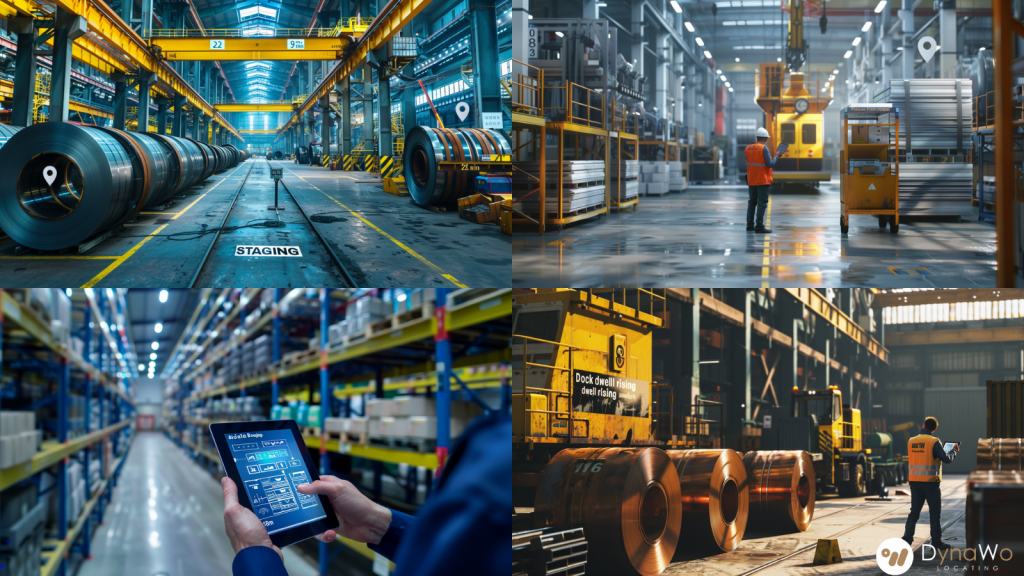
If you’ve ever waited on a coil that was “somewhere,” you know how a minute turns into ten.Steel reflects signals. Overhead gear shifts the layout by the hour. And in the middle of all that, people are trying to keep work moving without guesswork. That’s why a useful RTLS doesn’t try to track everything. It […]
What Your RTLS Knows That You Don’t

Introduction: More Than Just Location When people think about RTLS (Real-Time Location Systems), they usually think about tracking. Questions such as “Where is the item now?” or “Which worker is closest to Station A?” may arise in their minds. But there’s another layer of valuable insight hiding beneath those real-time blips on a dashboard. RTLS […]
